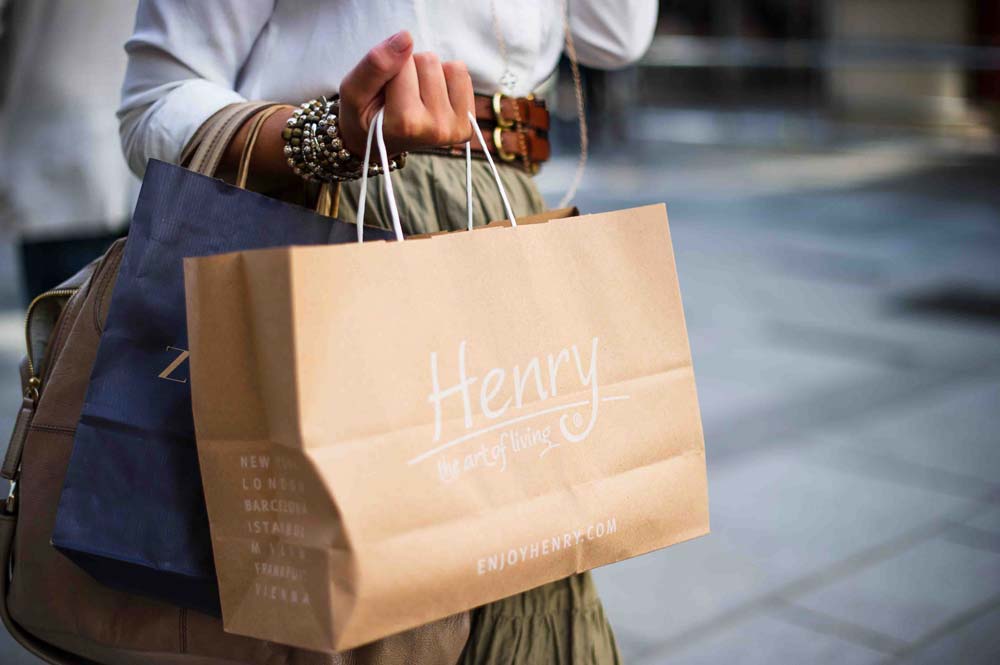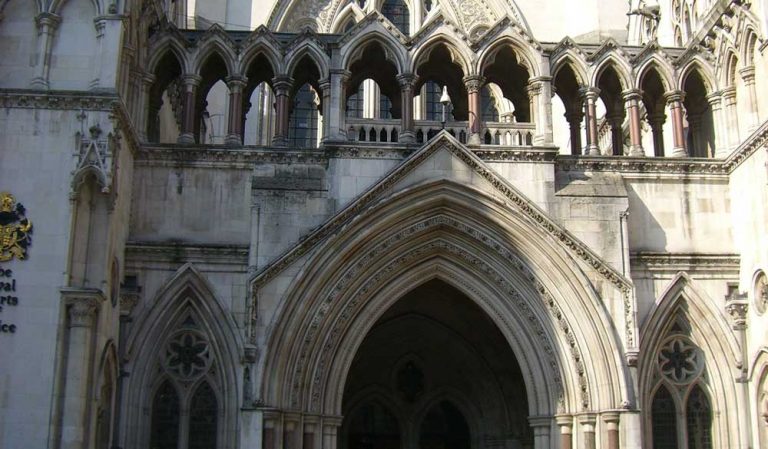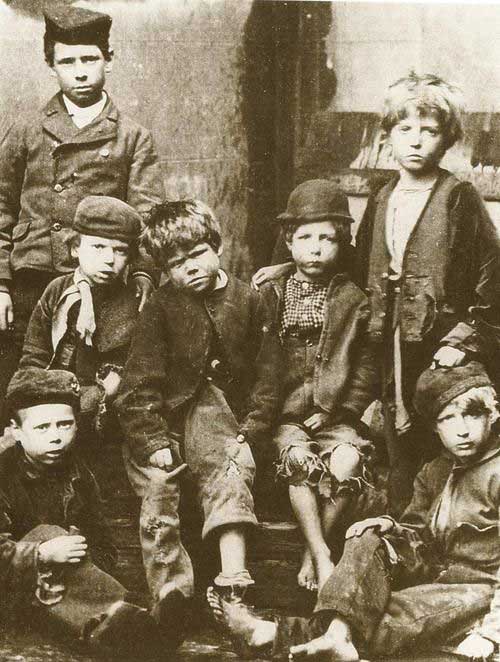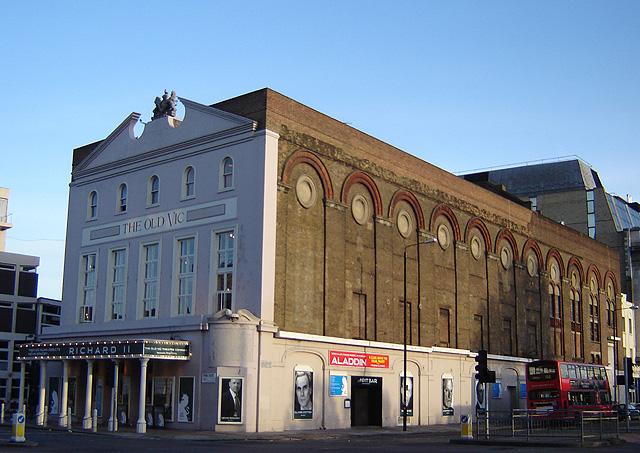Do you suppose henpecked husbands hundreds of years ago were also reluctant shoppers? But love it or hate it, shopping was big business from the word go, with the Romans, who founded the city in 43 AD, establishing their market place underneath the present-day Leadenhall Market off Cornhill.
So what was sold there? The answer perhaps lies in their lifestyle and trading track record. Mealtime treats included baked door mice and rats and they are credited with introducing a whole range of products including cabbage, turnips, apples, glass and silverware.
In the 800s, as London expanded under the Saxons, market streets were established round what is today known as Cheapside – chepe or ceap being the old English word for market. Consumers’ rights and trading standards were protected by the hierarchy of the City of London’s livery companies, which began to make their mark on London from Saxon times.
By the 1500s, getting it right could reap you rich rewards, for it was in this century that Royal warrants – still proudly sported by hundreds of London shops today – were introduced by Henry Vlll.
Shopping became even more respectable in the early 1700s as London expanded. The aristocracy moved from the City to be near the Court at St James’s Palace and the first gentlemen’s clubs opened in Pall Mall to serve their needs. Following that, shops sprung up in nearby St James’s Street to cater for them while in town.
Some of those establishments still exist. Practically next door each other is the shoe shop Lobbs, which in the 19th century supplied boots to General Wellington, and hat makers Locks which sorted out Wellington’s contemporary, Nelson, with something the great naval hero designed himself, a specially made piece of headgear complete with built-in patch to cover his blind eye!
Keep walking up the road, and there’s a history lesson to be learnt by other shops still standing today. On Piccadilly itself is Fortnum and Mason, the Royal Family’s grocery store. It was started in 1707 by Hugh Mason and his friend, William Fortnum, a footman at the court of Queen Anne. Fortnum’s inside knowledge of royal needs helped establish the business.
Further down Piccadilly on the other side of the road is London’s oldest shopping arcade, the Burlington Arcade, where a top-hatted beadle dressed in green will stop you running, whistling or even opening an umbrella on your way through. It was built in 1819 for Lord George Cavendish, owner of Burlington House next door – now the Royal Academy. He ordered the building of a covered thoroughfare to stop passers-by throwing rubbish over his wall, including oysters which back then was the poor man’s equivalent of today’s hamburger!
Shopping was a snobby occupation for those buying the goods – but shear drudgery for those selling them. At the turn of the last century hours were so long and conditions so bad that several shop workers died of stress. A young Welsh draper’s assistant called Peter Jones changed that. His store, now in Sloane Square, had set opening and closing times and was the first to treat staff well.
Now shopaholics have a wealth of choice, including department stores like Selfridges and Marks and Spencer in Oxford Street and the famous Harrods in Knightsbridge where new frontiers were broken in 1898 by the installation of the first-ever escalator. The store actually employed a man to stand at the top with a bottle of smelling salts to revive ladies who swooned with excitement after going on the moving stairway.
Shopping today in London is, despite the COVID crisis, still big business with an annual multi-billion pound turnover. Those Romans didn’t know what they were starting when they built their Forum….or perhaps they did!




